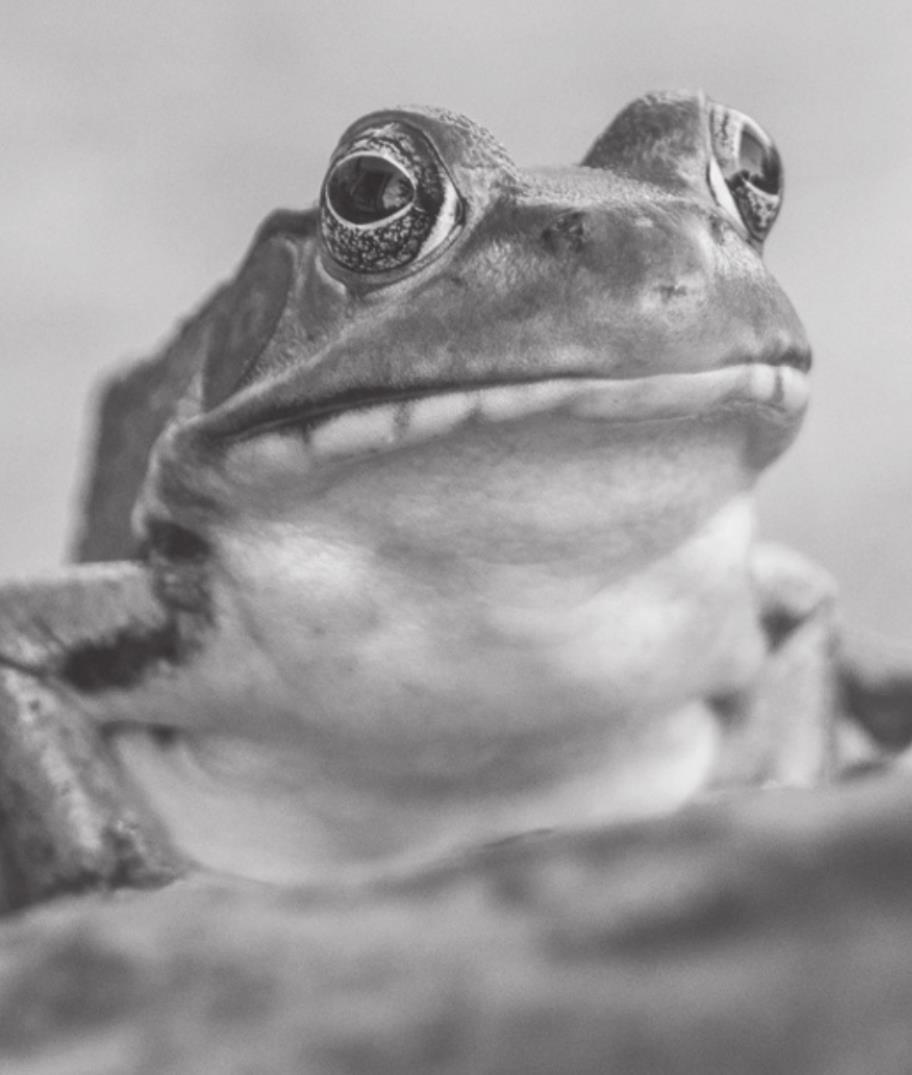

Photo from Metro Creative
Answers to Go
SAN MARCOS PUBLIC LIBRARY
625 E. HOPKINS ST.
512-393-8200
Q. What is the difference between a frog and a toad?
A. The difference between frogs and toads can seem to be difficult, however, it is simple. A toad is just a kind of frog. That being true, there are some differences between them that usually can be spotted if you look closely enough.
The differences between frogs and toads are basic. Frogs are longer legged since their preferred mode of land locomotion is to hop. Toads tend to walk, and both can swim. Frog bodies are wetter and slimmer, while toads have chubby bodies. Frogs have smoother skin and toads are lumpy with warts. A toad’s skin is dryer than other frogs and it can live farther from water because it stores water inside its body. Toads can live longer, too. A pet toad in England was famous for living for 36 years. A bullfrog, by comparison, may live about 20 years in captivity. (Bishop)
Both frogs and toads need water, but how they use it is a little different. Toads may not always live in water, but they need water to reproduce. A small pond or ditch that stays filled with water for at least a significant part of the year will not only help with attracting toads but will help ensure future generations of toads. Frogs tend to stay near water. They are usually found near ponds, swamps, and other wet places. Spadefoot toads survive in dry places by digging underground to where the soil is moist. The toads can live for weeks burrowed underground until they feel the drops of rain falling on the land. They then pop out and splash around in puddles left by the rain. (Bishop)
All frogs (toads, too) don’t drink water but absorb it directly through their skin in an area known as the ‘drinking patch’ located on their belly and the underside of their thigh. Another thing that toads and frogs have in common is that, although they have lungs and can breathe through them, they absorb oxygen through their skin. Like most amphibians, they don’t breathe with a regular rate, in and out. Instead, while they are active, they may need more oxygen and breathe with their lungs. Otherwise, an inactive frog or toad will get enough oxygen through their skin if it is damp.
Different types of frogs have different types of toes. Frogs that climb trees have sticky toes. Burrowing frogs have claw-like toes to dig. Gliding frogs use webbed toes like sails! Only frogs have teeth on their upper jaw, but they are so small as to be missed when searched (who would search a frog mouth?)
Almost 5,000 kinds of frogs live on earth today. About 500 of these frogs are “true toads.” They are what you picture when someone says the word “toad.”
Springtime is the time to go frog hunting. For more information about frogs and toads, check out these books from the library:
• “Amphibians and Reptiles of Texas” by James r. Dixon
• “Frogs: All about their Life Cycle, five Senses, Habitat, and More!” by Seymour Simon
• “Frogs,” by Nic Bishop
• “Frog or Toad?: How do you Know?”
• “The Nature of frogs” by Harry Parsons
• “Texas Amphibians: A Field Guide” by Bob L. Tipton
Suzanne Sanders is the new columnist for the library. She is the Community Services Manager for the San Marcos Public Library and came from the Austin Public Library in 2015 after having served there as a librarian for over 20 years. She gratefully accepts your questions for this column.











